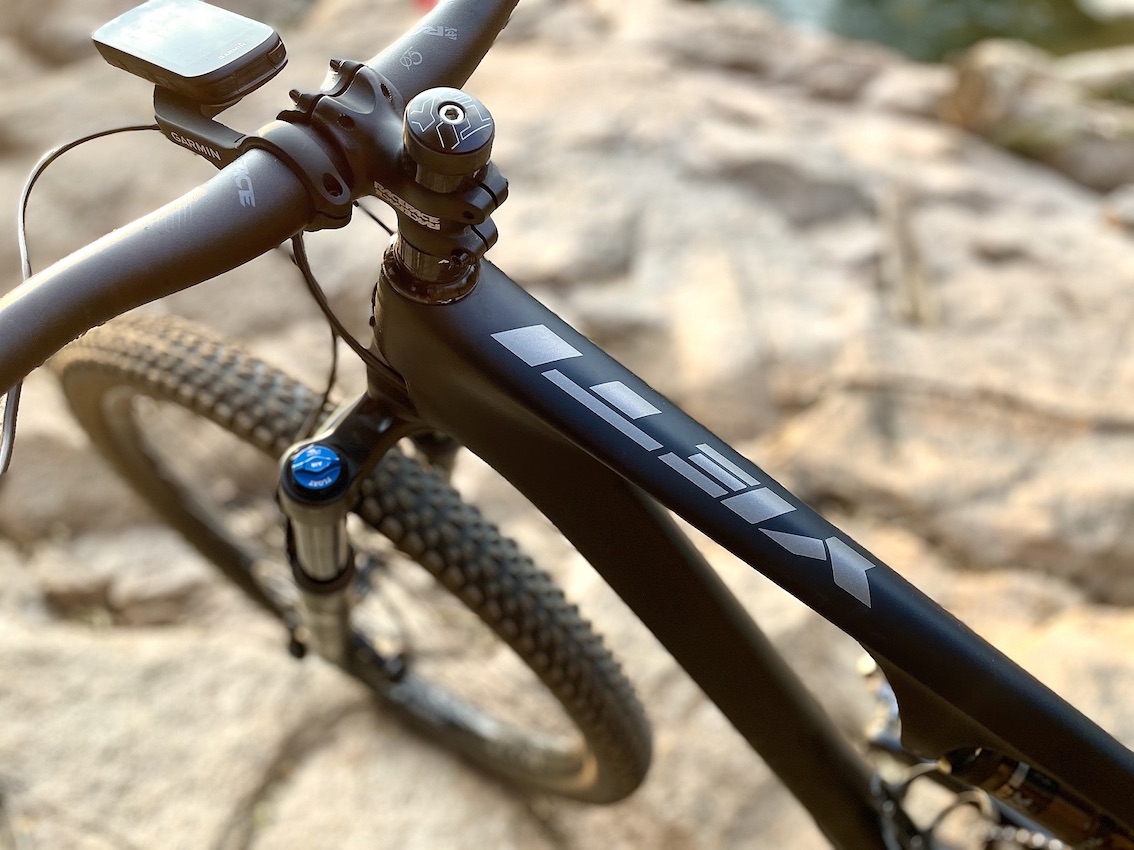If you’re not into me-too brands then you’ll be very aware that Yeti has been studiously designing a range of 29-inch full-suspension bikes over the past few years. After having tested the ASRc and then the SB4.5c, we got to test the Yeti SB115 for a few weeks recently. We didn’t want to give it back. Here’s why.
THE BIKE
First off, we need to confess to a fondness for the Yeti brand. American, authentic, storied, and unashamedly confident. The only place the name Yeti appears on the SB115 we tested was the top of the toptube. And the iconic headtube badge. It wasn’t obvious from a distance what brand of bike this was. That’s confidence.

FRAME
The frame is made from Yeti’s C-Series carbon, which is more robust than its Turq-Series carbon and claimed to offer increased strength and stiffness.
It incorporates a modified version of Yeti’s Switch Infinity suspension design. Switch Infinity is essentially a combination of Yeti’s Rail and Switch systems, designed in partnership with Fox. The original eccentric system relied on an eccentrically shaped bush with a bearing, whereas the Infinity system makes use of two opposing piston based shafts using a patented translating pivot that is free to move and switch direction as the bike moves through its travel. The aim of the system is to provide improved anti–squat characteristics for superior pedalling performance, while maintaining responsive suspension characteristics throughout the travel.

That may sound like marketing jargon, but that’s Yeti’s way of delivering rear suspension that’s efficient on the climbs and effective on the downs. Here’s where you can see it in action. The Switch Infinity mechanism is tucked away at the base of the seattube and is apparently fairly straight forward to maintain/service.
As with all Yeti frames, it has the softened tube shapes in the front triangle that remove any sharp edges, which is aesthetically, very pleasing. The rear triangle has slightly more defined edges, but still looks ‘soft’.
It houses a Fox Factory Float rear shock with 115mm of travel, which incorporates a lockout switch. There’s space on the downtube for a full-sized bottle. But that’s it – a challenge if a second bottle is essential to you.
It doesn’t look much different to the SB100. That’s because it shares the same frame (front and rear) with the main difference being the shock link. Yeti updated the rocker link to make it more compatible with 45mm of stroke (as opposed the 37.5mm on the SB100) and adapt the bike’s geometry to the longer-travel fork.
Note: We were sent a ‘demo rig’, which had been damaged, repaired and painted, which added to the normal frame weight.
SPEC SUMMARY
The frame is paired with a Fox 34 fork with 130mm of travel and a lockout switch. The wheelset on our test rig was DT Swiss M1900 with 2.6-inch wide Vittoria Agarro tyres. The drivetrain was Shimano’s SLX 1×12 while the brakeset was Shimano’s M6100 with 180mm rotors front and rear. The cockpit comprised RaceFace bars and stem, a Fox Transfer dropper seatpost and Yeti-branded WTB saddle.

THE RIDE
We cringe at the term ‘Down-country’ that’s been bandied about recently by marketers looking for a catchy new term to describe light trail bikes. Yeti’s website uses the terms ‘new-school trans-XC’. Okay then. Either way, what they’re trying to say is that the Yeti SB115 is a more versatile bike that blurs the lines between XC, Marathon and Trail. And they’re not wrong. Where the bigger, more popular brands will have segmented bikes in each of those categories, the SB115 can be used in them all. Yes, at 11.79kg it’s not exactly the lightest XC bike but for marathons, stage races and the majority of South African trails, it’s spot on. Granted it was fitted with 2.6-inch tyres, which may be a bit much tyre for podium-chasing marathoners. The weights of our test riders range from mid-70s to low 80s. We’re not race snakes. Well, we’re puff adders at best when we train hard and therefore in sync with the majority of South African mountain bikers.
Climbing
Where to start… Okay, if there’s a smooth surfaced, predictable climb, you can lock the rear shock and fork out completely. We did this infrequently, actually only really on tar (riding to and from the trails) and on the gravel road climbs at Northern Farm. The rest of the time the suspension was open and fully active. On gritty climbs this felt good and climbs that were technical or very technical, it felt flippen amazing!
There’s so much focus on suspension efficiency on descents but when you have a bike with rear suspension that helps you climb better on technical ascents, you start developing a bond with that bike. There’s something about the action of the Switch Link suspension that just keeps you fully connected to the surface. Although the seat tube angle is relatively slack (74.1 degrees), it doesn’t feel it and it puts you in an ideal position to really make the power pedal strokes when you’re under pressure to clear a section or when you’re simply climbing steadily. The SB115 is an impressive technical climbing bike. Probably the best we have ridden. But it’s not super stiff when you need to accelerate on smoother climbs and that’s important to many South Africans, especially those that would be doing a marathon or stage race.
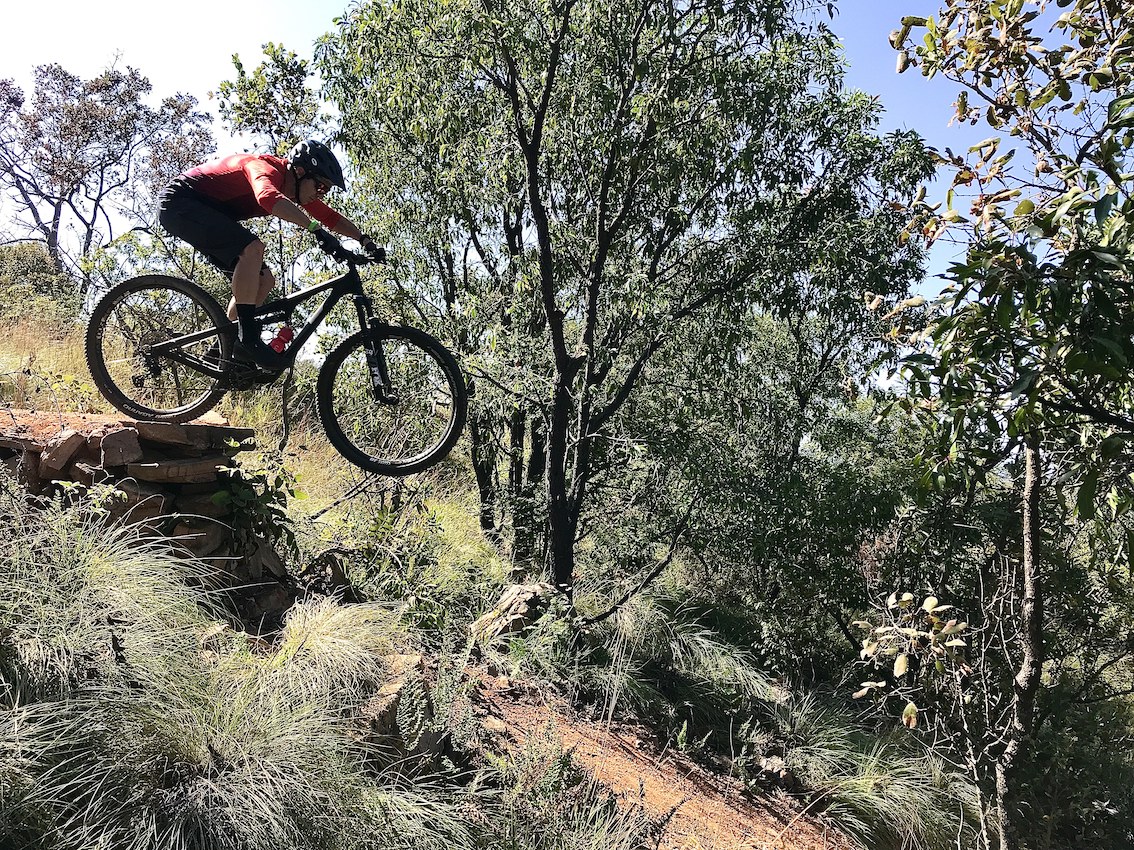
Descending
So you’re never going to wonder if a Yeti can ace descents. With a legendary gravity racing heritage you just know that if there’s anywhere the SB115 is going to find it’s True North, it’s on descents. You may not look it, but you sure do feel like Richie Rude as you skip down gnarly and not-so-gnarly downhills. Our test riders were drawn to more challenging descents and all felt that the stability and composure were consistent and reliable. With a 50mm stem and 780mm wide bars we felt really centred over the SB115 for a position of confidence. One tester set a series of Strava PRs (a couple of them top 10s overall) at Grootfontein on the Enduro lines but says he never felt like the bike was on the limit at any point. The Fox Transfer dropper seatpost was superb, never giving any trouble. Definitely one of the better droppers we’ve ridden with in recent years.
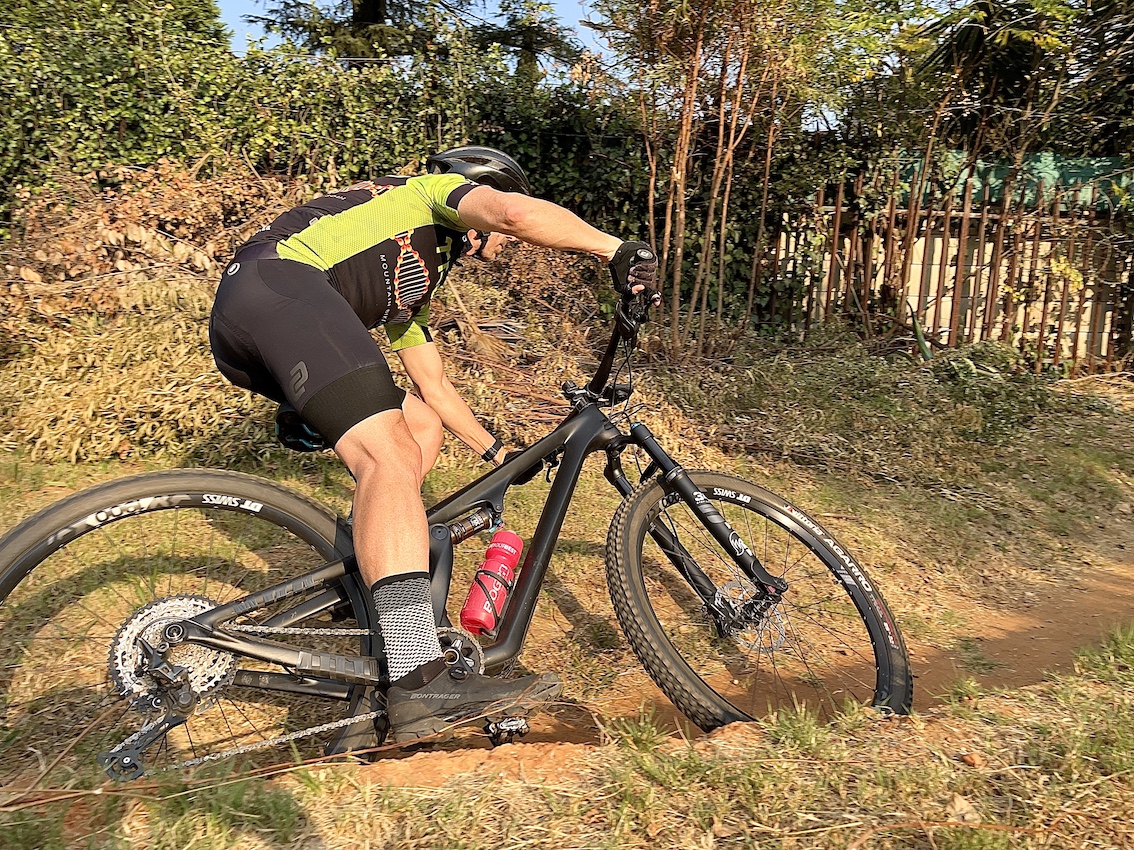
Cornering
Being in a very centred position on the SB115, we felt really stable through most turns. The 2.6-inch wide Vittoria Aggaro tyres were reliable and grippy in dry stony and dry hardpack conditions. As is largely the norm with slacker headtube angle (67.6-degrees on the SB115) trail bikes though, you have to get your weight forward over the front more on fast flat turns if you want to carry as much speed as possible through the turns. But it becomes intuitive as you become more accustomed to the bike.
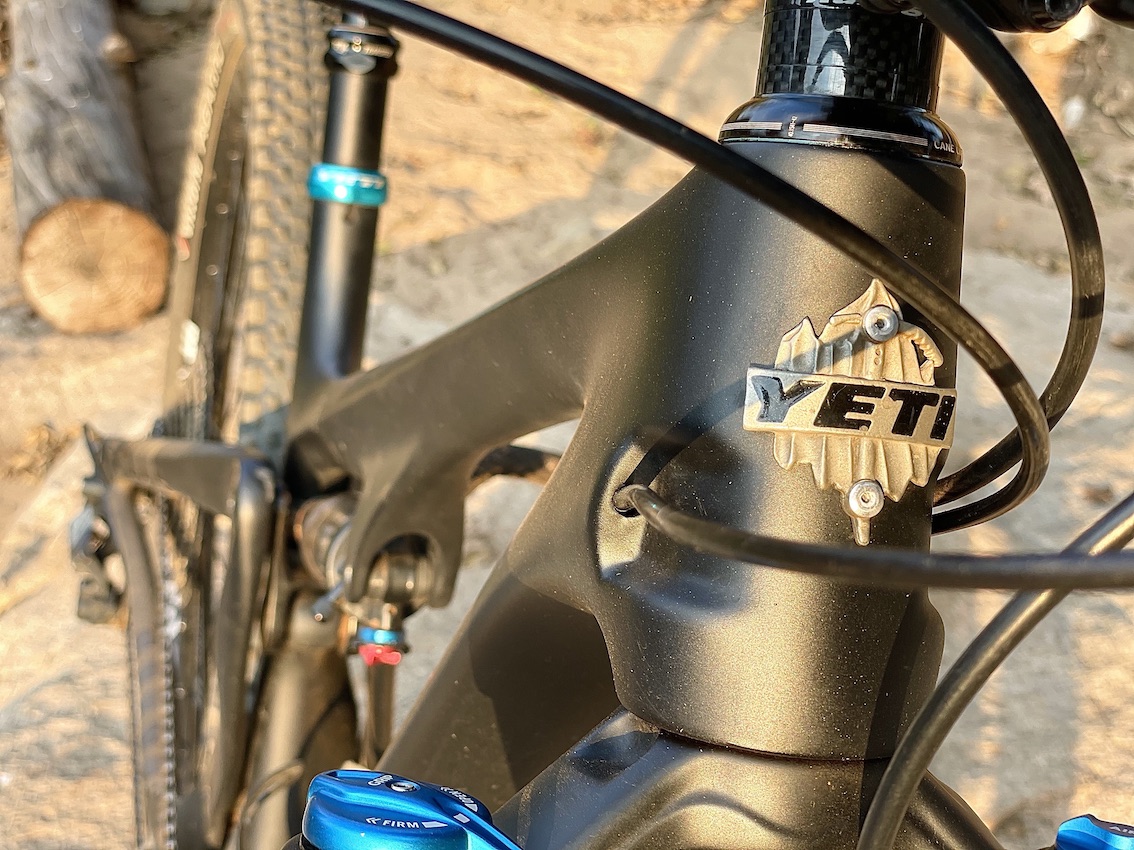
Handling
Transitions between berms or jumps or just scurrying down natural unruly trails having to make 50/50 line-choice decisions are the small moments that don’t always stand out – but they always matter. They add up and can be the difference between a bike ride being good and a bike ride being great. None of these moments were memorable on the Yeti SB115, but the overall rides or segments were. When you don’t notice the bike’s handling but are riding with high levels of composure and confidence, you know it’s doing what it’s designed to – with distinction. For small to middle-sized jumps, it’s one of the most stable and trustworthy steeds we have experienced lift-off with.
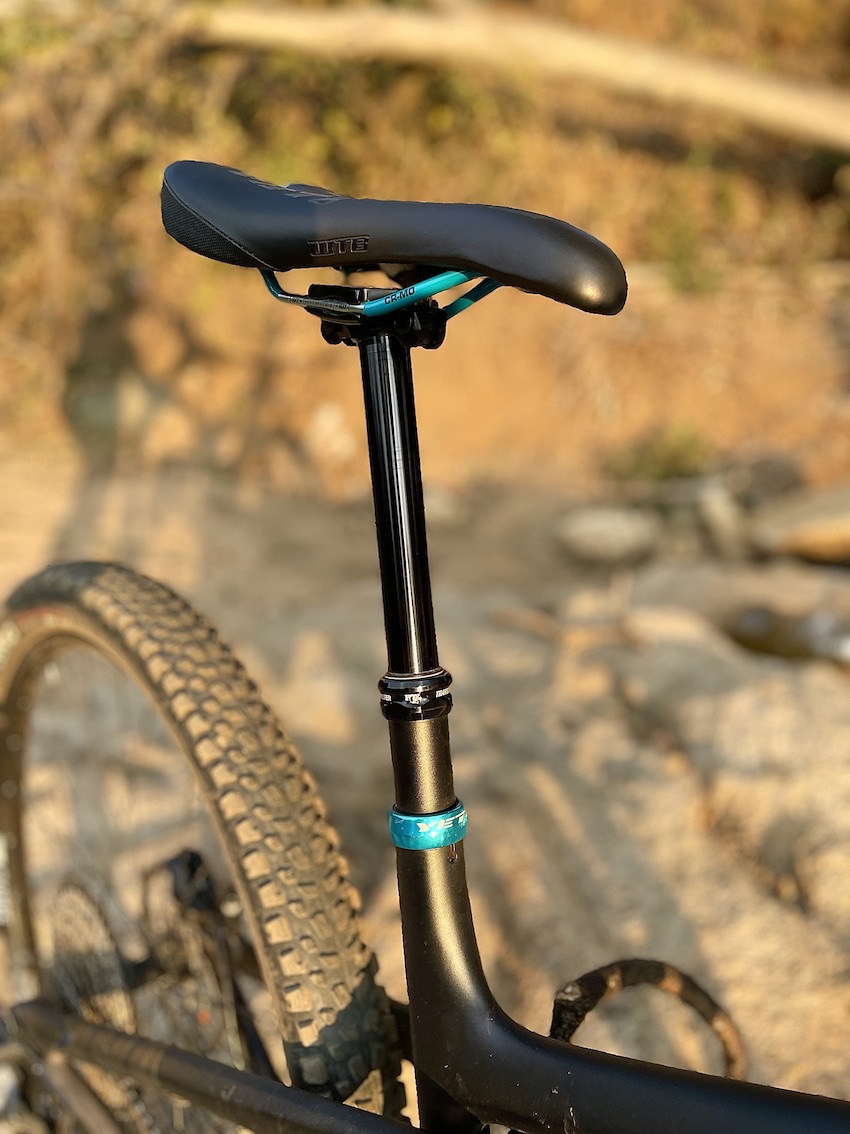
Comfort
We never felt uncomfortable on the SB115. Even on our longest rides (up to 4 hours), there were never any niggles or aches or a desire to suddenly get the ride over. Yes, you’re in a slightly more upright position compared to more focussed XC/Marathon bikes and that’s probably what makes it so comfortable. For a stage racer, this is important because discomfort one day doesn’t just disappear the next.
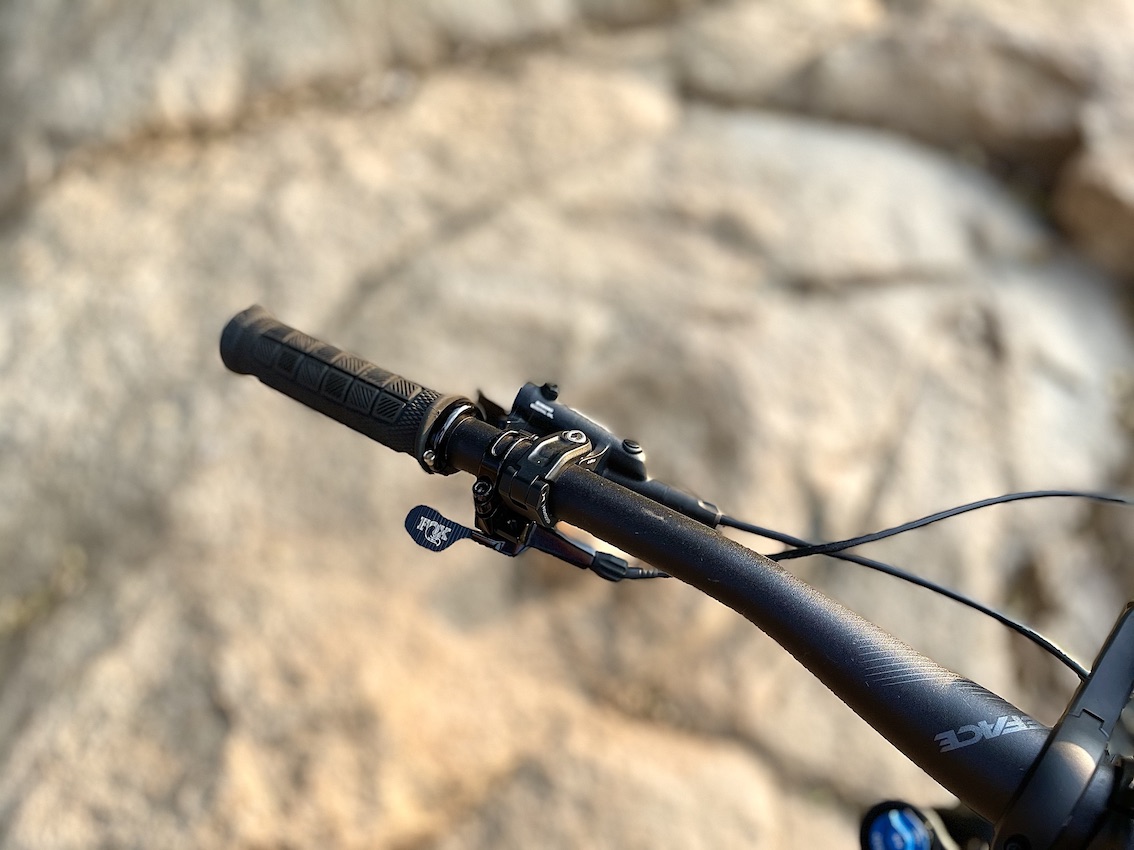
Looks
We’re big fans of understatement and stealth and the Yeti SB115 we tested, was both. Ours was a matte black colour, which is not one of the three colour options available (our test rig had been damaged and painted). The three standard colours are Anthracite, Turquoise and White. Those in the know, will know that the Turquoise is classic Yeti. But it’s also perhaps a bit predictable. As mentioned earlier, the frame is beautifully crafted with soft tubing styling in the main frame that gives the bike a certain element of suave, which isn’t a word you’d normally associate with a Yeti, but that’s what we like about it – like a rebellious youth that’s reluctantly dressed up for graduation day.
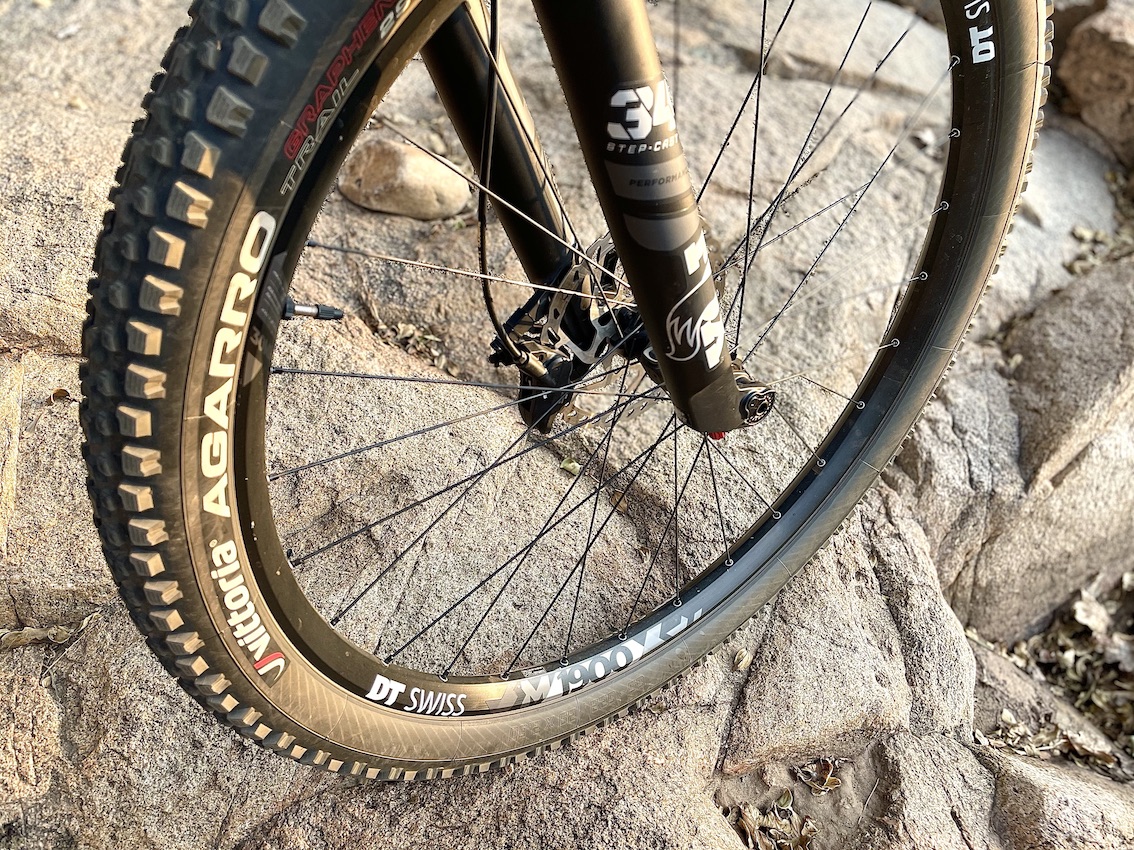
THE TREAD SCORES
| YETI SB115 | |
| Climbing | 8 |
| Descending | 10 |
| Handling | 9 |
| Cornering | 8 |
| Comfort | 9 |
| Looks | 9 |
| Total | 53/60 |
Summary
There’s no doubt that the Yeti SB115 blurs category lines. But it’s more a master of many trades than a Jack of all and that’s very appealing. For mountain bikers that value great handling and comfort and love to attack a scrappy descent or a technical climb, the SB115 is a joy. That it comes with Yeti’s lifetime frame guarantee and shuns the ‘me-too’ crowd as a brand, add to the appeal. It’s sold as a frameset that you can spec as you wish or with two different build kits as per the local distributor’s website here.
PRICE: | R109 750 (Build Kit C1) and R115 850 (Built Kit C2)
WEIGHT: 11.79kg (with tubeless and bottle cage; without pedals)
